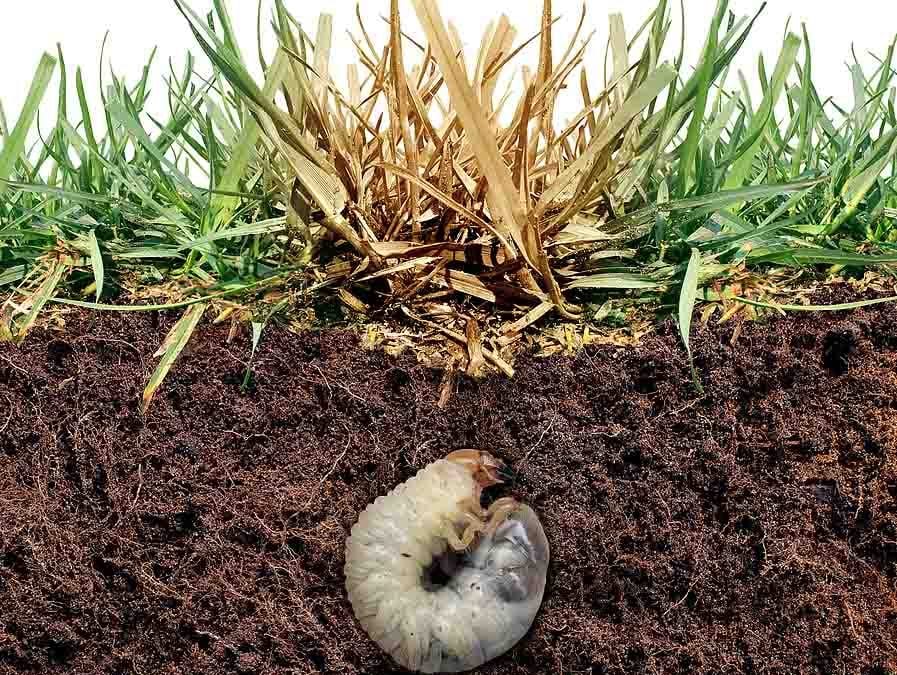As the ground thaws this spring, so do the pests. Before running to the store to stock up on pest control, however, it’s important to know the common types of spring pests and the signs they’ve infested your lawn.
Grubs
These pests feed on the roots of your grass which makes your lawn weaker and more susceptible to damage and disease. Plus, they can also attract other animals that will begin to dig into your lawn to get to the grubs. There are a couple of key ways to spot a grub infestation: circular patches of dead or dying grass (appearing yellow/brown and wilting) popping up on your lawn, holes from animals who’ve been digging to reach the grubs, and patches of grass that you can lift up because the roots have been eaten.
Ants
Ants in your lawn are actually not a detriment to the actual grass. While ant hills may cover some grass and make your lawn bumpy, the ants themselves do not feed on the grass. Even so, ants can be a nuisance in the lawn and can move into your house, so treating your lawn for ants can keep down problems. Keep an eye out for ant mounds and if they become numerous consider treating them.
Ticks
While these pests do not necessarily damage grass, they are a nuisance and danger to your family and pets. Some homeowners may think they’re limited to the woods, but they can be found just as much in your lawn or garden. Ticks can carry Lyme disease and lay up to 15,000 eggs to create an infestation. Reactions from a tick bite can range from mild itching to fever, tick-induced paralysis, or Powassan virus, so it’s hard to tell how one person will react to a bite.
While they can be active year-round, in four-season regions they’re typically more active from April to September.
bioLawn has effective, safe applications and methods to deter all of these pests so homeowners can feel more comfortable playing on their lawns. If you’ve spotted some insects or dying patches, give us a call so our experts can identify the issue with a lawn evaluation.

